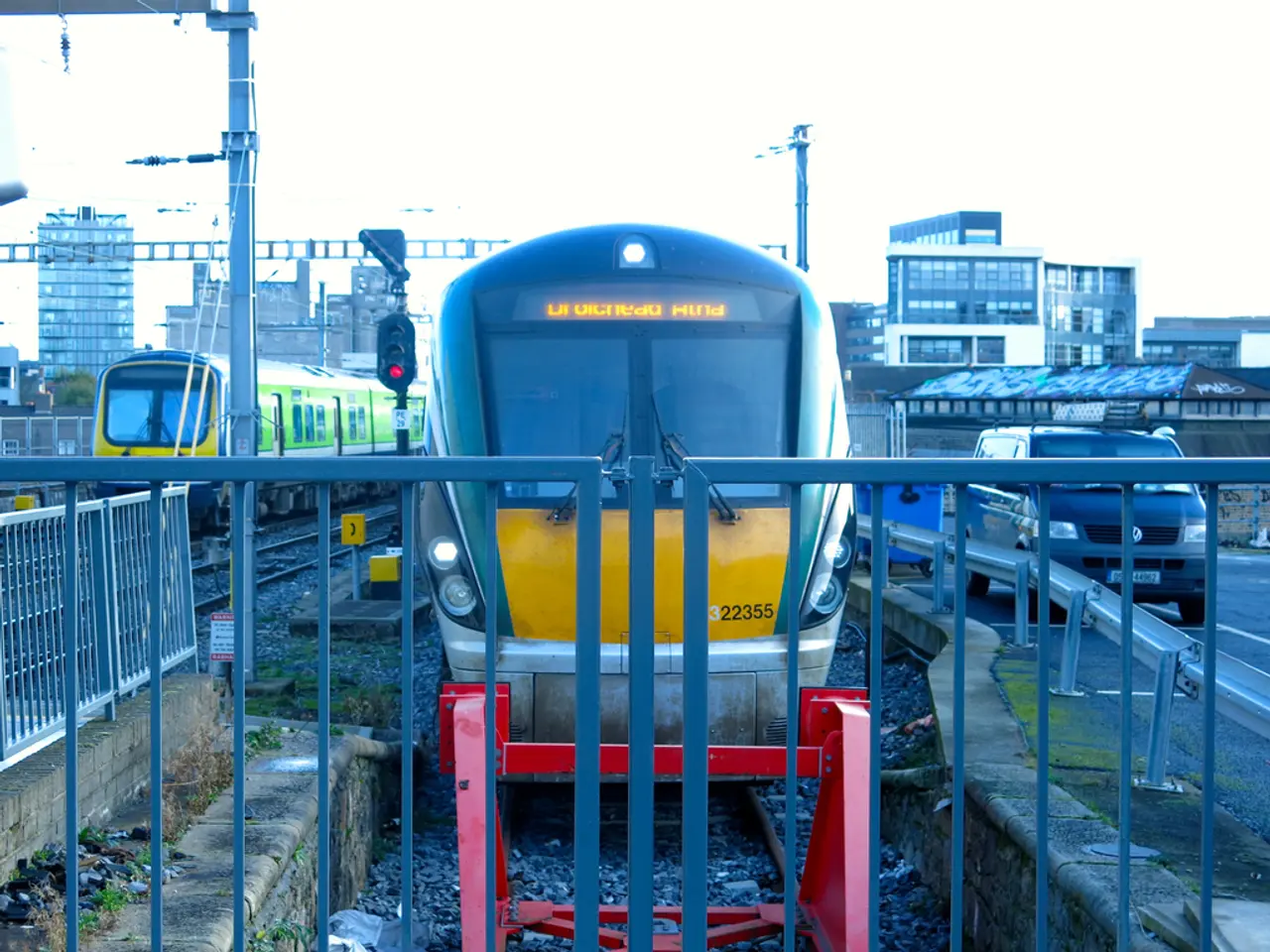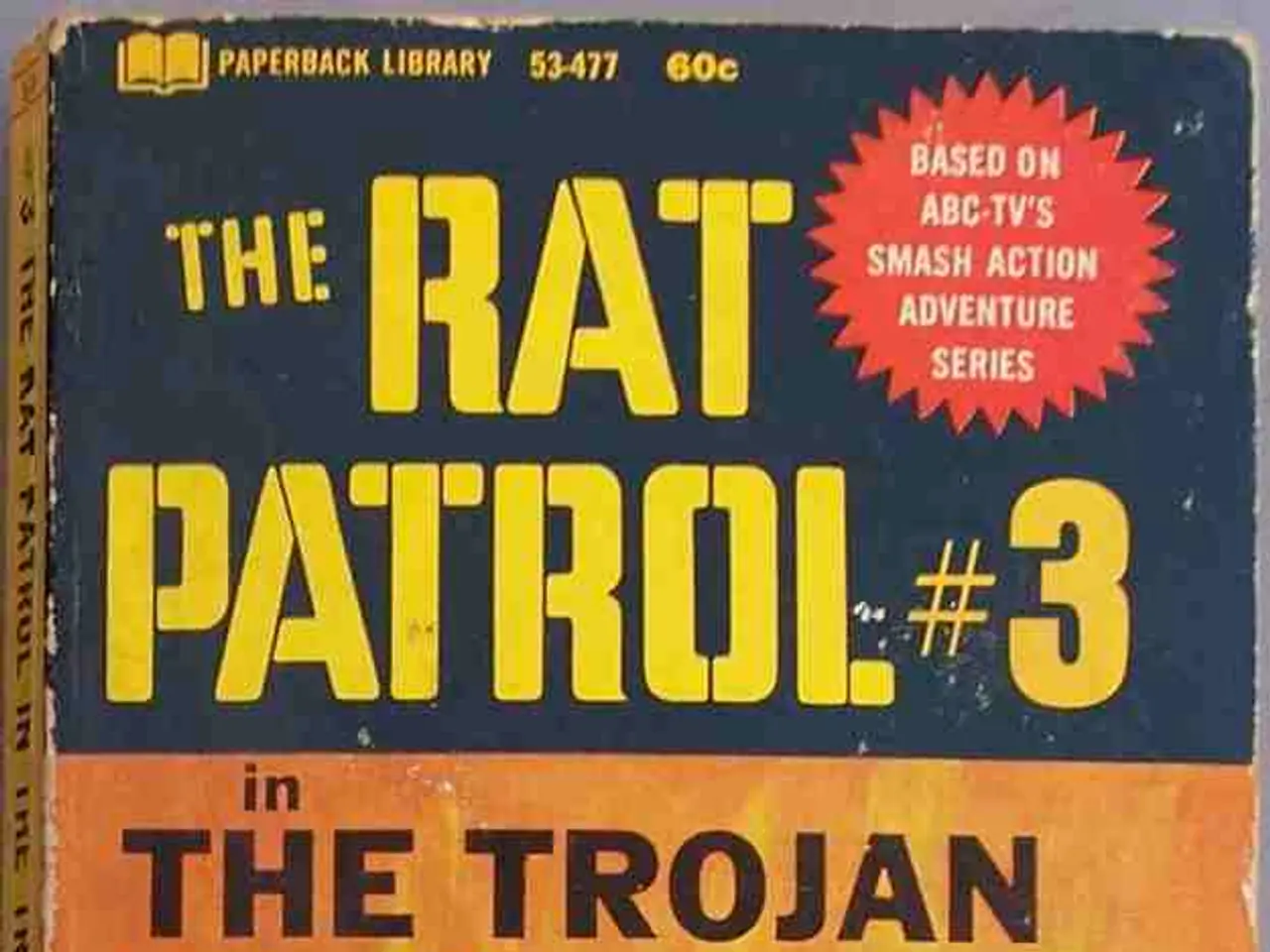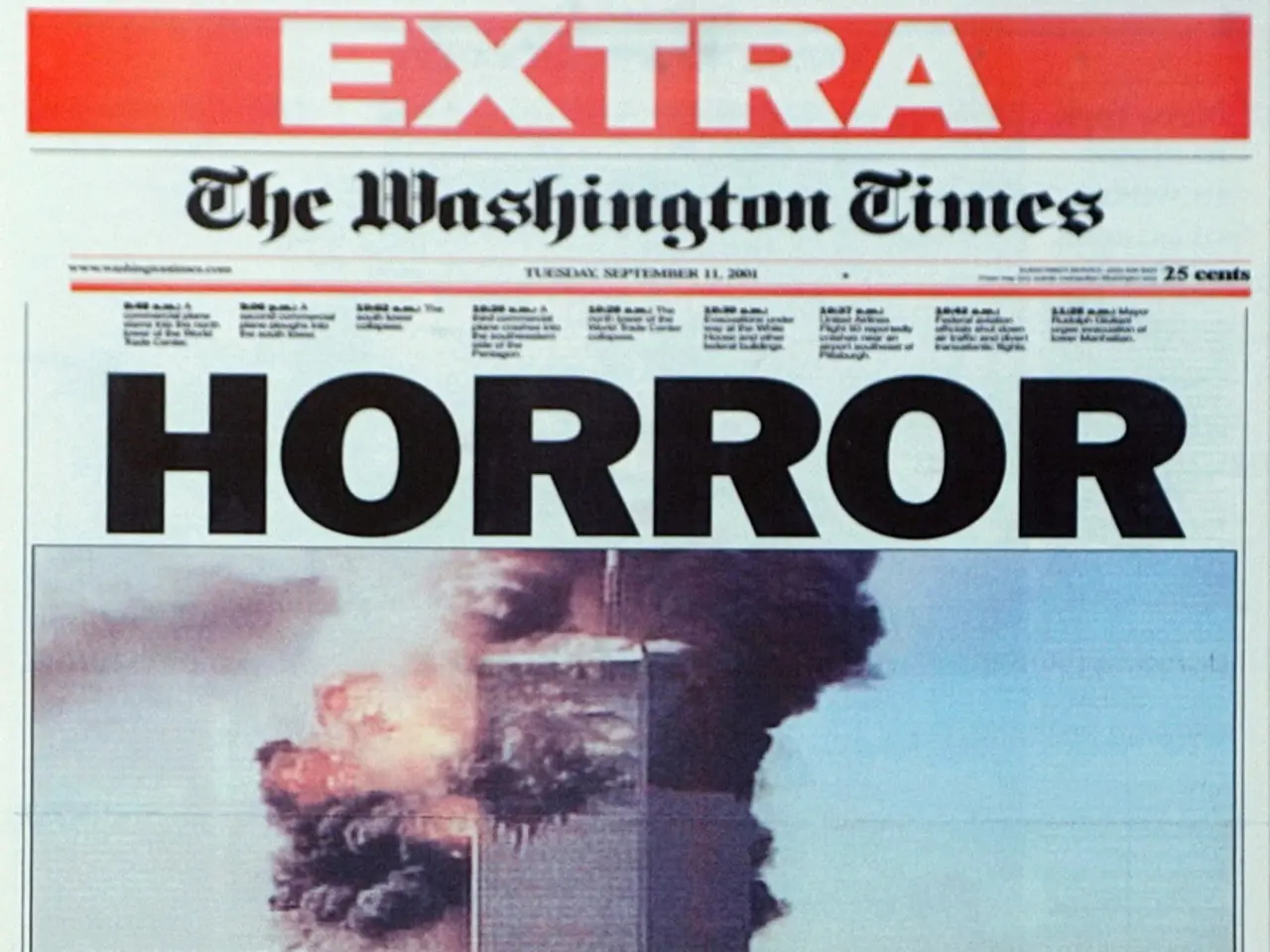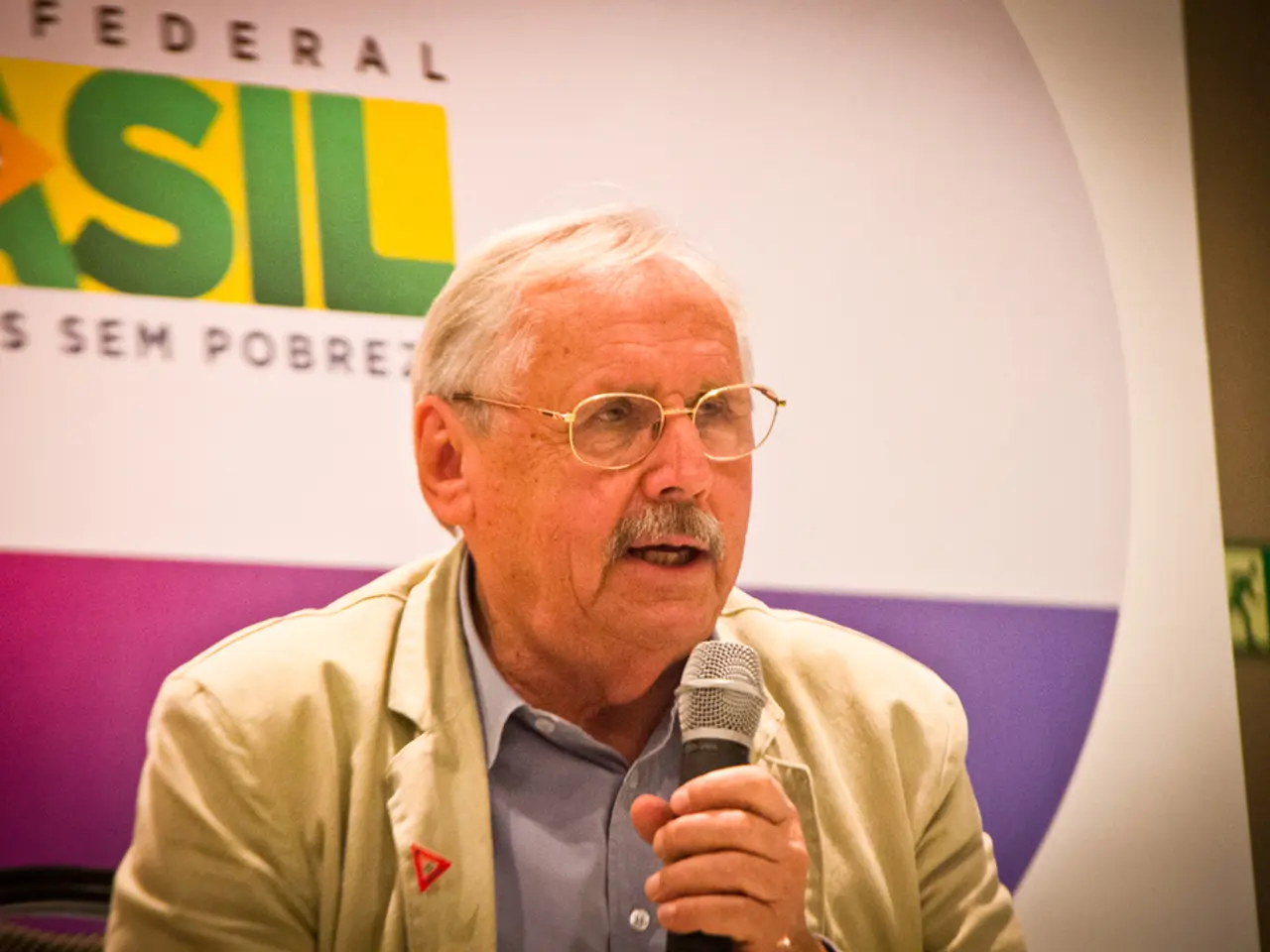Trump Aims to Derail California's Plans for High-Speed Railway
The California High-Speed Rail project, initially approved in 2008 with an estimated cost of $33 billion and a completion date of 2020, has faced significant challenges and delays. The latest development in this long-running saga is the U.S. Transportation Department's decision to withdraw $4 billion in unspent federal funding, announced by Transportation Secretary Sean P. Duffy in July 2025.
This action, which marks a setback for the project, has been criticised by President Trump, who has referred to the project as "disastrously overpriced" and a "HIGH SPEED TRAIN TO NOWHERE." Trump's comments on the project mark the latest clash between him and Governor Gavin Newsom, who has sparred with the Trump administration over various issues, including the state's transgender rights laws and the deployment of National Guard troops in Los Angeles.
Governor Newsom has responded to Duffy's criticism by stating that he won't take advice from someone who can't keep planes in the sky. Newsom and other California officials argue that the cancellation is both illegal and unjustified, stressing that the California High-Speed Rail Authority (CHSRA) has met all grant obligations as confirmed by multiple federal reviews as recently as February 2025. They maintain that the project is nearing critical construction phases, with the state currently in the track-laying phase, and passenger service anticipated between 2030 and 2033.
California officials view the federal funding cut as detrimental to America's transportation future and part of a broader agenda to build infrastructure and jobs statewide. In response, they have signalled that they could take legal action against the funding withdrawal. CHSRA CEO Ian Choudri has labelled the funding withdrawal as "illegal."
The project, which aims to connect Los Angeles with San Francisco, has faced numerous criticisms, including accusations of being overpriced and overregulated, and concerns about its delivery. The estimated price tag for the project has surged past $100 billion after years of delays and escalating construction costs.
The Texas high-speed rail project has failed to take off, leaving the California High-Speed Rail project as the only major high-speed rail project in the United States. Despite the challenges, California is putting all options on the table to fight the funding withdrawal, highlighting the progress made so far: 171 miles of the route under active construction and design, environmental clearances completed along the route from Los Angeles to the Bay Area, and the creation of over 15,000 jobs.
Governor Newsom has stated that Trump's action could hand China the future and abandon the Central Valley. With the project remaining in a state of uncertainty, significant political and financial disputes affecting its trajectory moving forward, the future of the California High-Speed Rail project remains uncertain.
- The California High-Speed Rail project's future is uncertain, as it faces criticism from President Trump, who views it as "disastrously overpriced" and refers to it as a "HIGH SPEED TRAIN TO NOWHERE."
- Amidst these challenges, the Texas high-speed rail project has failed to take off, leaving the California project as the only major high-speed rail project in the United States.
- The tech sector, with its focus on innovation and progress, closely watches the California High-Speed Rail project as an example of technology and policy-and-legislation convergence in the field of transport.
- If the federal funding cut stands, California officials plan to take legal action, arguing that the withdrawal is illegal and unjustified, and could potentially set a precedent in tech-related policy-and-legislation and general-news discussions for the future of other similar projects.








